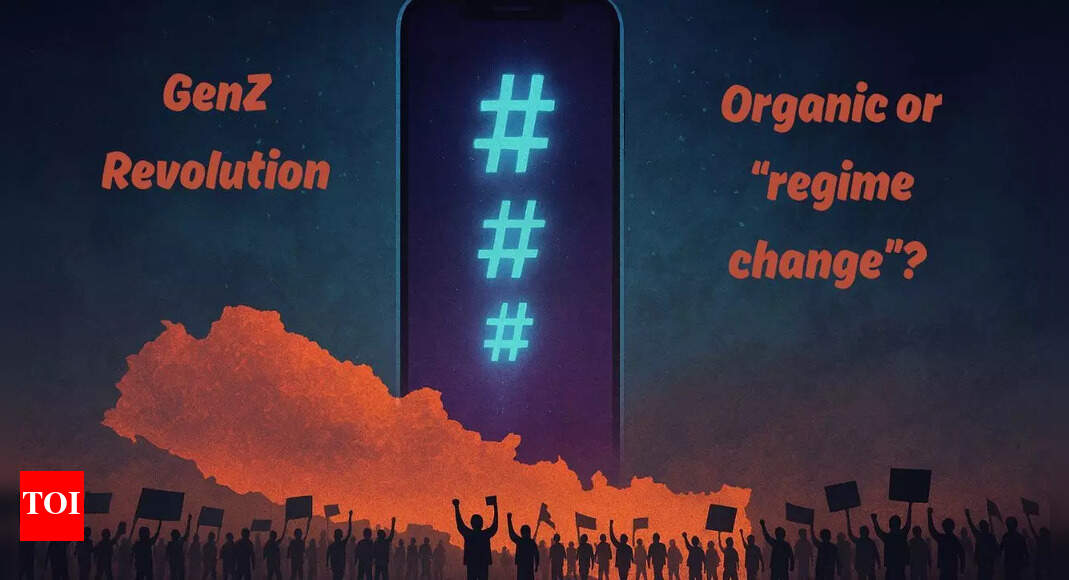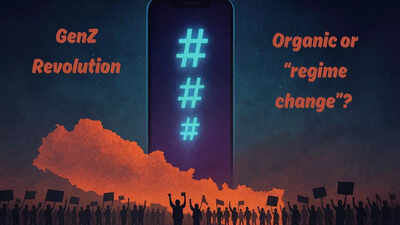Frederick Forsyth’s Icon gave a captivating perception into how the Western-backed powers-that-be elicit regime adjustments in nations that don’t purchase into the “rules-based world order.”Within the e-book, revealed in 1999 – which just about reads like prophecy these days – an ex-MI6 spymaster recruits a former CIA operative to move deep into Russia to destabilise the upward thrust of a formidable Kremlin flesh presser eerily very similar to Vladimir Putin. Within the fictional plot, the plan is to put in a Czar of All-Russia to carry again steadiness, a poetic turning of the web page from communists eliminating the Czars.
In a similar way, since abolishing the monarchy in 2008, Nepal has noticed a bunch of leaders of more than a few communist leanings come to energy, regardless that purists would argue no true communist would take part in democracy as a substitute of an armed revolution.Since bidding adieu to the monarch, the rustic has noticed sustained instability – with greater than 10 high ministerial adjustments however no right kind “regime alternate.”
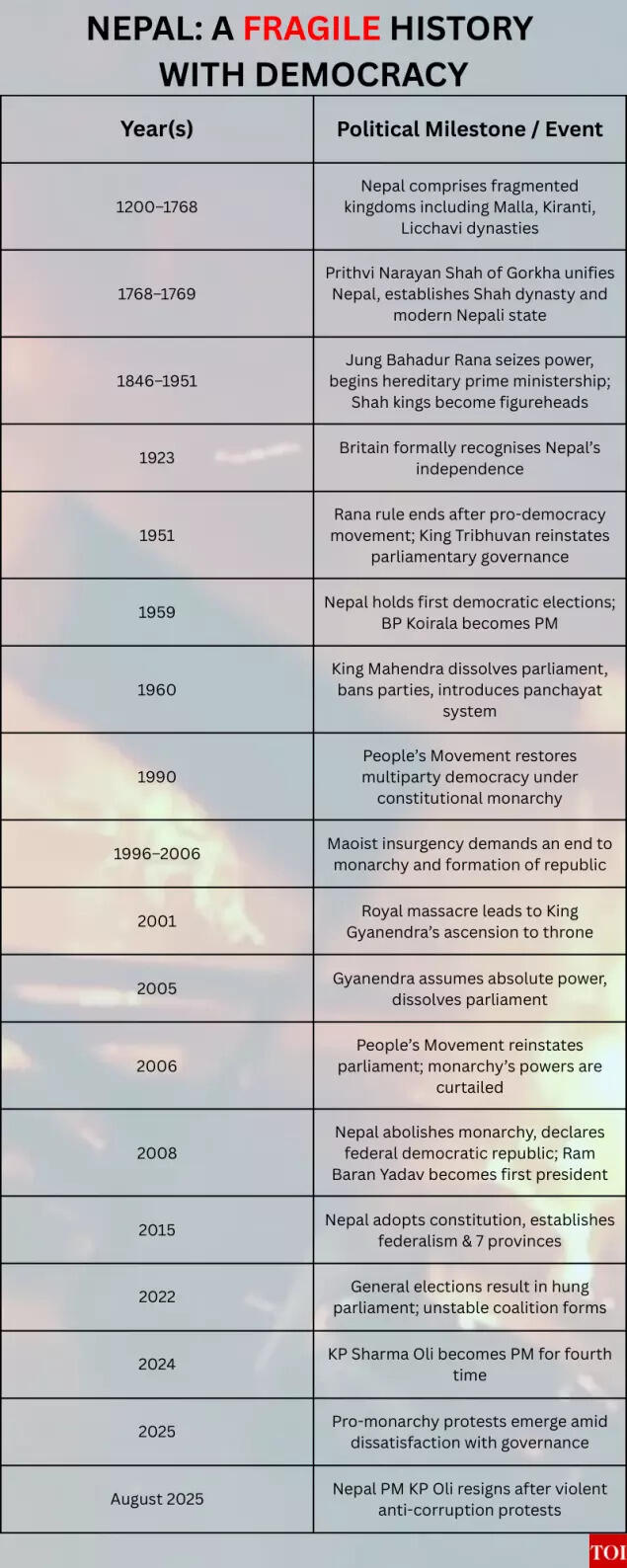
The most recent Gen Z protests have led many on social media to query whether or not the uprisings are natural or a part of a bigger script.A well-liked social determine tweeted in past due 2024 that Nepal would see protests “quickly” hard a go back of the monarchy, which might accentuate the next 12 months. The idea used to be that the unrest used to be a part of a “deep state” try to engineer regime alternate in South Asia.Customers identified that India’s neighbourhood – Sri Lanka, Bangladesh, Pakistan, Myanmar, and Nepal – had all noticed regime adjustments lately, with one even cheekily calling it the “Asia Cup of regime alternate.” Some other standard take care of puzzled if “regime alternate by means of boulevard protests” used to be “natural.”Some pointed to a viral video of a scholar in March 2025, referencing King Birendra’s well-known quote: “Even though I die, shall my nation continue to exist.”The speech got here within the backdrop of voters hard the go back of the Hindu monarchy amid political instability, corruption, a cost-of-living disaster, unemployment, and loss of financial construction.Others disagreed. One identified that the Nepalese have been increasingly more disappointed with their democratic choices and that the social media resolution used to be a cause.Sceptics, on the other hand, cautioned that linking each South Asian protest – from Pakistan to Sri Lanka to Nepal – to secret agent companies used to be not anything greater than affirmation bias.
Brewing Discontent: The Upward push of the “Nepo Children” Pattern
Lengthy sooner than the protests erupted in Kathmandu, Nepali social media were simmering with anger.A “Nepo Child” marketing campaign ruled platforms, exposing how youngsters of politicians flaunted lavish existence – overseas levels, luxurious vehicles, vacation villas – whilst bizarre voters struggled. Viral TikTok and Reddit posts contrasted privilege with poverty, feeding the sense that corruption and nepotism have been suffocating alternative.Hashtags like #NepoKid, #NepoBabies, and #PoliticiansNepoBabyNepal trended relentlessly.One TikTok video gathered over 1,000,000 perspectives, appearing “nepo small children” partying in a foreign country whilst youngsters unemployment at house compelled masses of 1000’s emigrate every 12 months.This virtual insurrection mirrored long-standing grievances – corruption scandals, elite seize, and a bleak process marketplace. Over 740,000 Nepalis left the rustic for overseas employment previously 12 months by myself, a staggering determine that summed up why a complete technology had misplaced hope. The sense of betrayal used to be actual: as one protester put it, “We wish our nation again.”Whilst the social media ban used to be the spark, Gen Z’s fury runs deeper. Corruption is noticed because the thread tying in combination unemployment, migration, and inequality. Scandals just like the $71m Pokhara airport embezzlement and the faux refugee rip-off – the place politicians took cash to cover job-seekers as Bhutanese refugees – confirmed how elites get away responsibility. For bizarre Nepalis, corruption approach unaffordable well being and schooling, fertiliser shortages, and emerging costs in Kathmandu, the place the younger transfer for learn about and paintings.
The Social Media Ban: Catalyst, Now not Purpose
The spark got here in past due August 2025. Nepal’s executive hastily blocked 26 main social media platforms – Fb, Instagram, WhatsApp, YouTube, X, Reddit, and extra – when they did not sign in with government inside of seven days. Officers claimed the directive used to be to curb “misuse” of on-line platforms for hate speech, faux information, and cybercrime.In the dark on September 4, Nepal went darkish on-line. The one main world app left untouched used to be TikTok, owned via China’s ByteDance, which had complied via putting in a neighborhood place of business. A handful of smaller services and products – Viber, WeTalk, Nimbuzz, Poppo Reside – additionally remained available.For lots of younger Nepalis, this selective ban smacked of censorship.
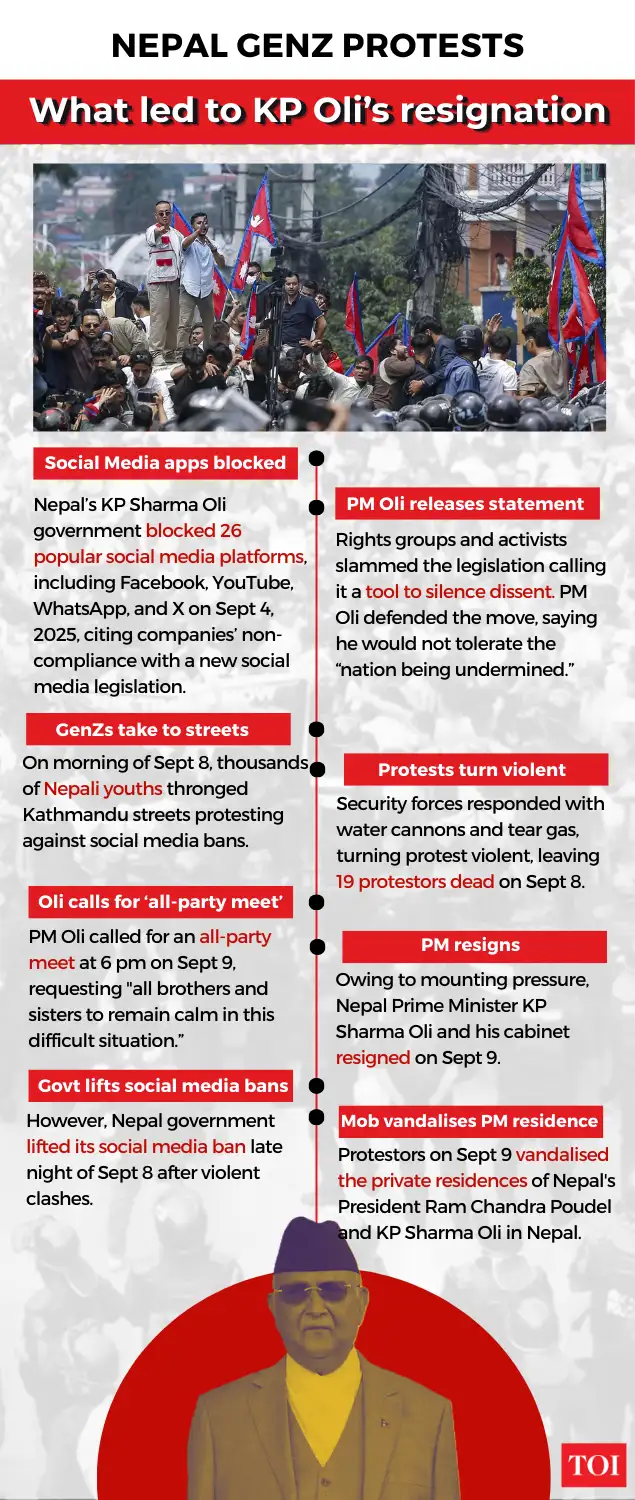
Round 90% of the rustic’s 30 million other people use the web, and the unexpected lack of day by day virtual lifelines enraged a technology that lives on-line. TikTok’s exemption used to be particularly debatable. The app had as soon as been banned in Nepal, best to be restored after agreeing to native compliance. Its survival, whilst Western platforms have been silenced, bolstered perceptions of Kathmandu’s rising closeness to Beijing.For Gen Z, the ban used to be the overall insult – no longer the foundation reason behind anger, however the straw that broke the camel’s again. “It added gas to the hearth,” one activist stated. Inside of days, requires protests unfold around the very platforms the federal government attempted to silence, frequently via VPNs and the still-functioning TikTok.
From On-line to Offline
At the morning of September 8, Nepal’s capital changed into the degree for one of the most nation’s greatest youth-led protests in many years. Hundreds of scholars and twenty-somethings, many nonetheless in class uniforms, flooded Maitighar Mandala. They carried flags, placards, and slogans: “Close down corruption – no longer social media.” “Unban social media.” “No Extra Nepo Small children.”An Instagram web page referred to as Gen.Z Nepal had circulated directions prematurely, stressing non-partisanship.Protesters have been informed: no birthday celebration flags, no political leaders, no monarchist infiltration. Organisers even disavowed pro-royalist figures like Durga Prasai and contributors of the previous royal circle of relatives who attempted to connect themselves to the motion.First of all, the march had a virtually festive power – making a song, chanting, even reminders to not trample flower beds. However the calls for have been severe: finish the social media ban, punish corruption, protected a long term for Nepal’s youngsters.Then got here the crackdown.
Bloody Monday
As marchers neared Parliament at New Baneshwar, they have been met via heavy traces of police and paramilitary forces. When a bit of protesters driven previous barricades, the reaction used to be brutal. Tear gasoline, water cannons, rubber bullets – after which reside ammunition.By way of night time, Nepal had suffered its deadliest day of unrest because the civil battle. Nineteen other people have been killed. Loads extra have been injured, a lot of them youngsters in class uniforms. Hospitals overflowed. Witnesses described scenes of indiscriminate firing. A protester recalled how a bullet aimed toward him struck his buddy as a substitute.On social media – accessed by means of VPNs – accounts of horror unfold hastily. Influencers accused police of storming hospitals, attacking the wounded, even sexually assaulting girls of their houses. Sareesha Shrestha, Pass over Nepal Earth 2022, posted a tearful video: “Scholars, even minors, have been shot.” TikToker Dristhi Adhikari accused the federal government of answering non violent marches with reside gunfire, calling it a contravention of world human rights.Hashtags like #HatyaraSarkar (“Assassin Executive”) and #ResignKPOli trended, amplifying outrage. By way of dusk, the narrative on-line used to be transparent: the Oli executive had crossed a purple line.
Fallout: Resignations and the China Perspective
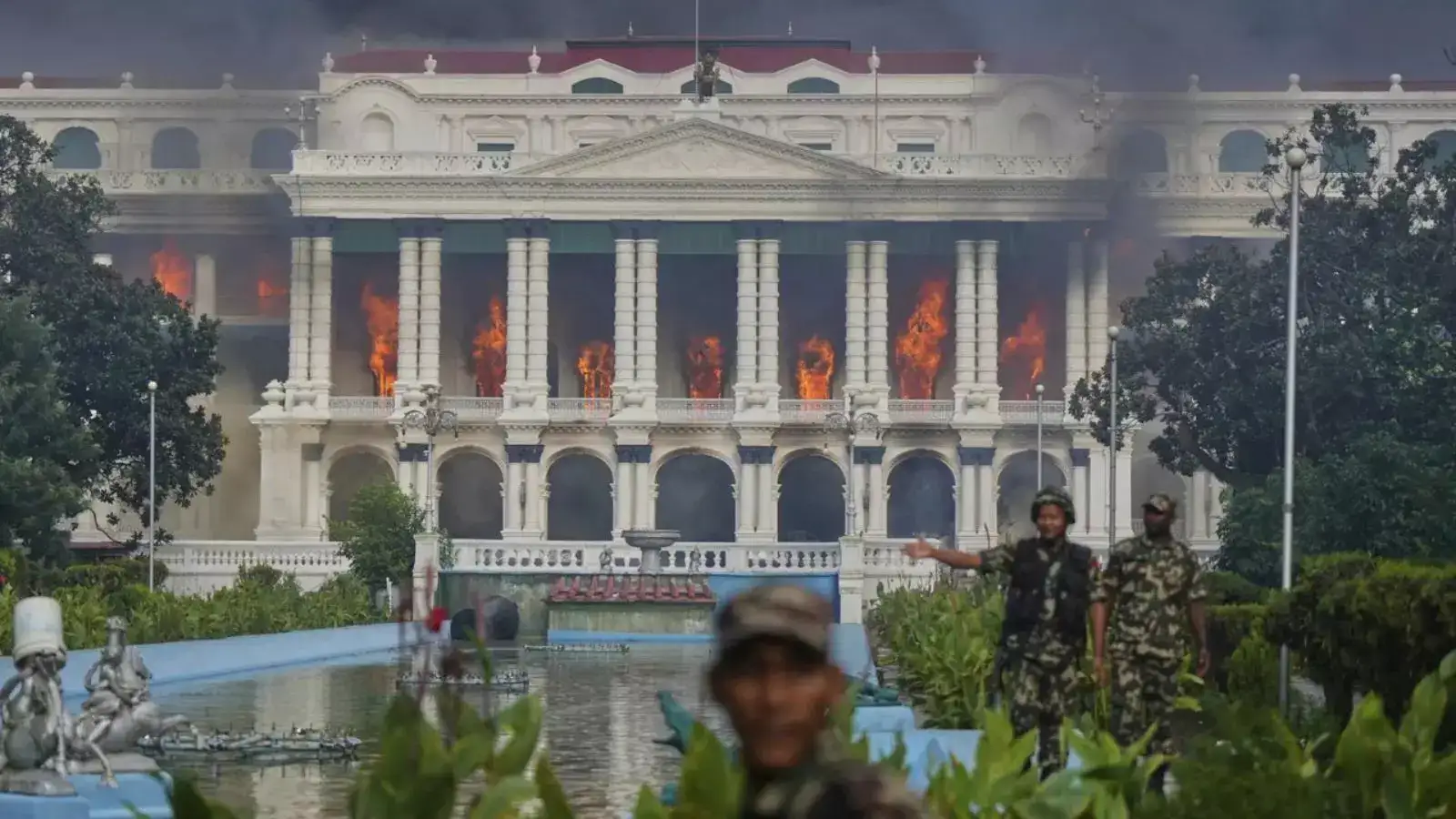
The federal government scrambled to comprise the disaster. That very same evening, Oli lifted the social media ban, hoping to pacify protesters. It used to be too past due. The next day to come, contemporary rallies erupted, this time extra defiant and extra violent.Mobs torched or attacked the houses of best leaders throughout birthday celebration traces: former PM Sher Bahadur Deuba, President Ram Chandra Poudel, House Minister Ramesh Lekhak, or even the non-public college owned via Overseas Minister Arzu Rana Deuba. Parts of the Parliament development have been burned. Kathmandu airport used to be close down.Resignations adopted unexpectedly. Lekhak give up first, taking “ethical duty” for the killings. Two different ministers adopted. By way of September 9, Oli himself stepped down, finishing his fourth time period in humiliation. At 73, he had presided over a shaky coalition tilting increasingly more towards Beijing. His go out used to be cheered at the streets as a victory for other people energy.The geopolitics linger. TikTok’s survival highlighted Nepal’s alignment with China’s regulatory way. Oli had simply been photographed in Shanghai days sooner than the protests. Western governments condemned the violence and referred to as for restraint, whilst China stored its public response muted. Analysts speculated that the registration power reflected Chinese language affect, however the fast give way of the ban urged it used to be inner anger – no longer Beijing or Washington – that dictated occasions.
Natural Rebellion or Regime Trade?
So, have been those protests natural or orchestrated?At the flooring, the proof pointed to a spontaneous youngsters rise up: decentralised organisation, disavowal of birthday celebration politics, and anger rooted in corruption and joblessness. On the similar time, High Minister Oli claimed the violence used to be fuelled via “vested passion teams” who had hijacked the demonstrations.
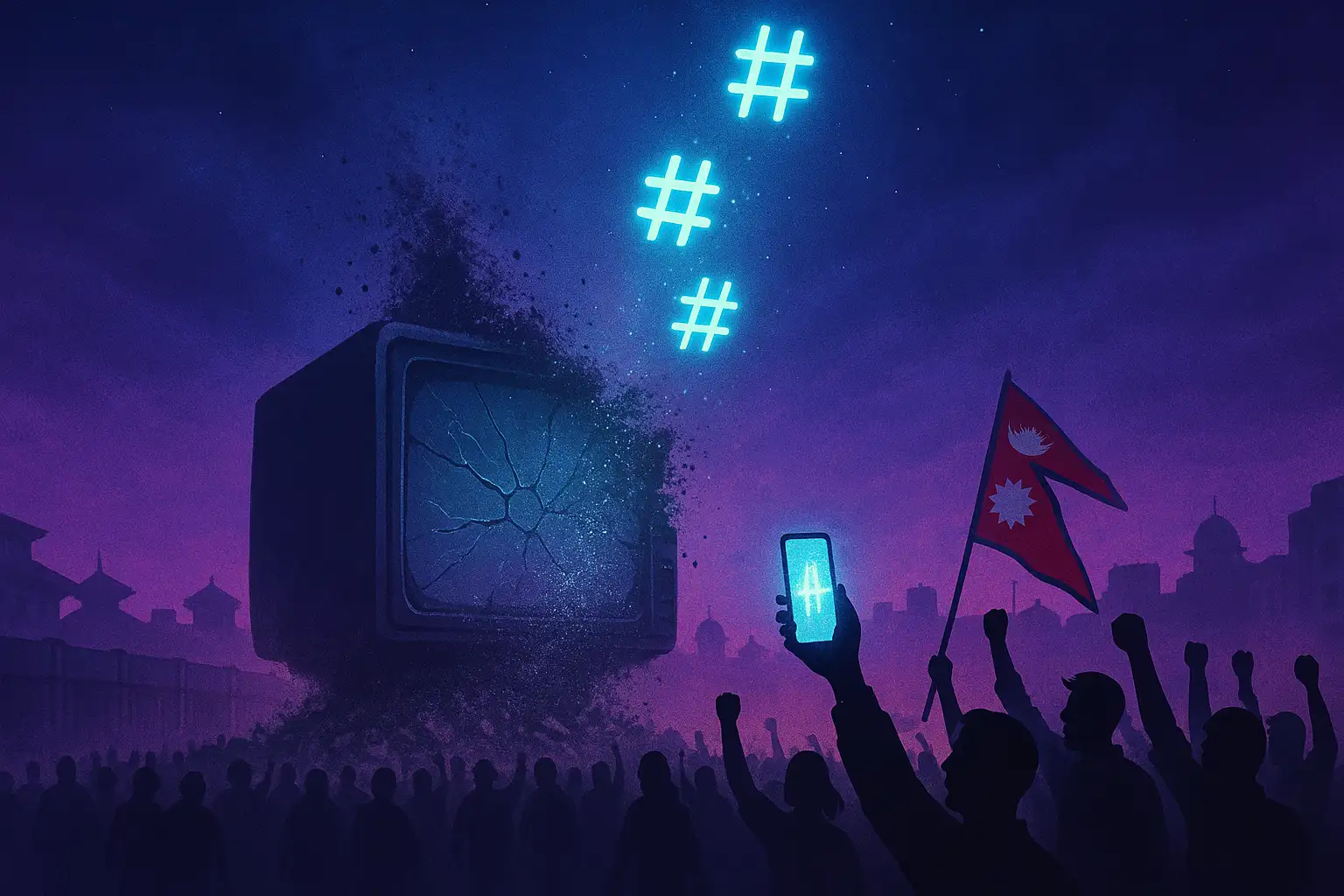
On Reddit and Twitter, conspiracy theories swirled about CIA-backed “color revolutions” and Western makes an attempt to destabilise China-friendly governments. Others pointed to Beijing’s affect, noting how TikTok survived the ban whilst Western platforms have been blocked.What is apparent is that Nepal’s Gen Z, attached via VPNs and hashtags, controlled to topple a central authority inside of days. What stays unclear is whether or not this used to be purely an natural eruption or a part of a bigger geopolitical chessboard. For now, the protests stand as each: a visceral expression of a technology’s frustrations, and a reminder that during Nepal, each upheaval invitations the query – who, if somebody, is in point of fact pulling the strings?Forsyth’s Icon imagined a Russia the place a monarchist recovery used to be plotted to counter the upward thrust of a hard-edged Communist. Nepal’s trajectory has been virtually an inverted satire of that script: from monarchy to Maoist-led republicanism, as soon as rebels within the hills now sitting within the palaces they as soon as vowed to torch. The revolution that used to be meant to uproot feudal rot ended up birthing its personal logo of corruption, nepotism, and rot. If Forsyth wrote of a monarchy-to-Communism-to-monarchy arc, Nepal these days seems like monarchy-to-Communism-to-collapse, with social media reasonably than revolutionaries writing the following bankruptcy.In 1971, Gil Scott-Heron warned that “the revolution might not be televised.” In Nepal, 54 years later, the revolution didn’t wish to be. It used to be o social media, streamed, hashtagged, and VPN-routed. And when the federal government attempted to prohibit the feed, Gen Z confirmed that rise up reveals its personal broadcast – without or with tv, without or with permission.
